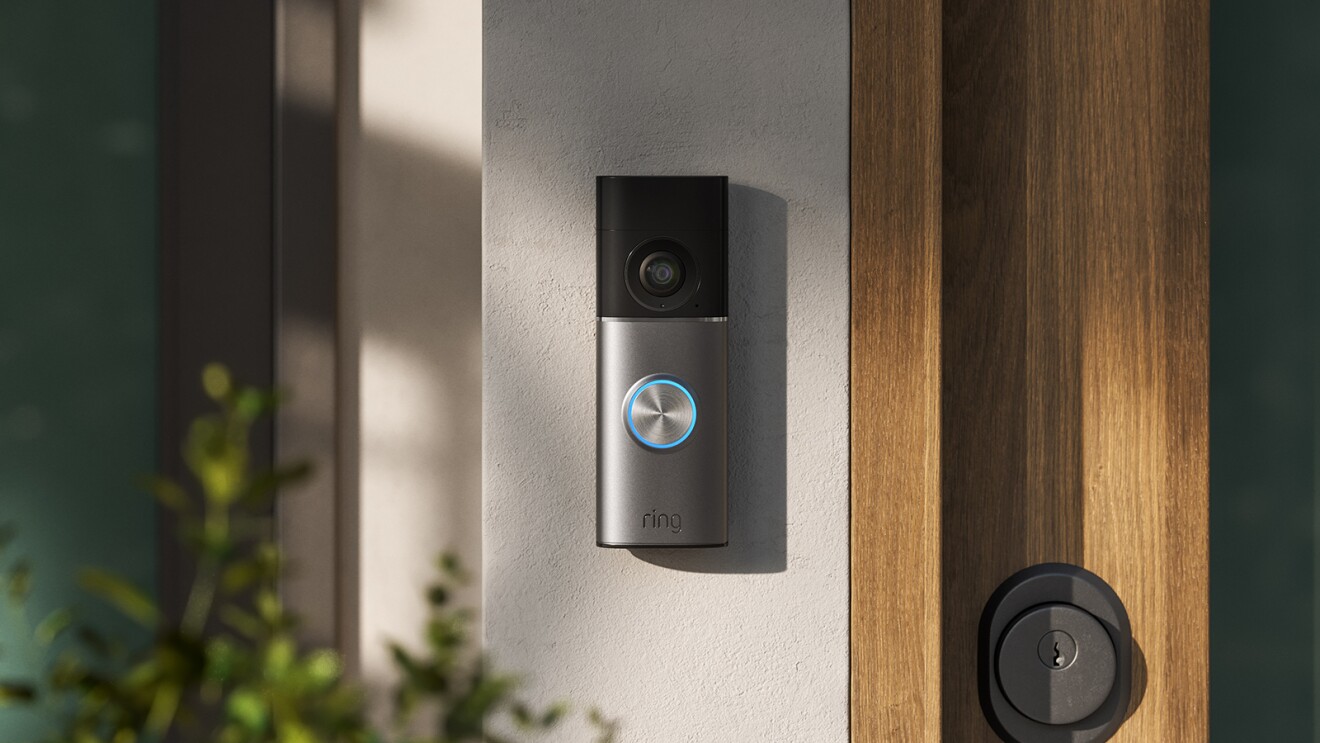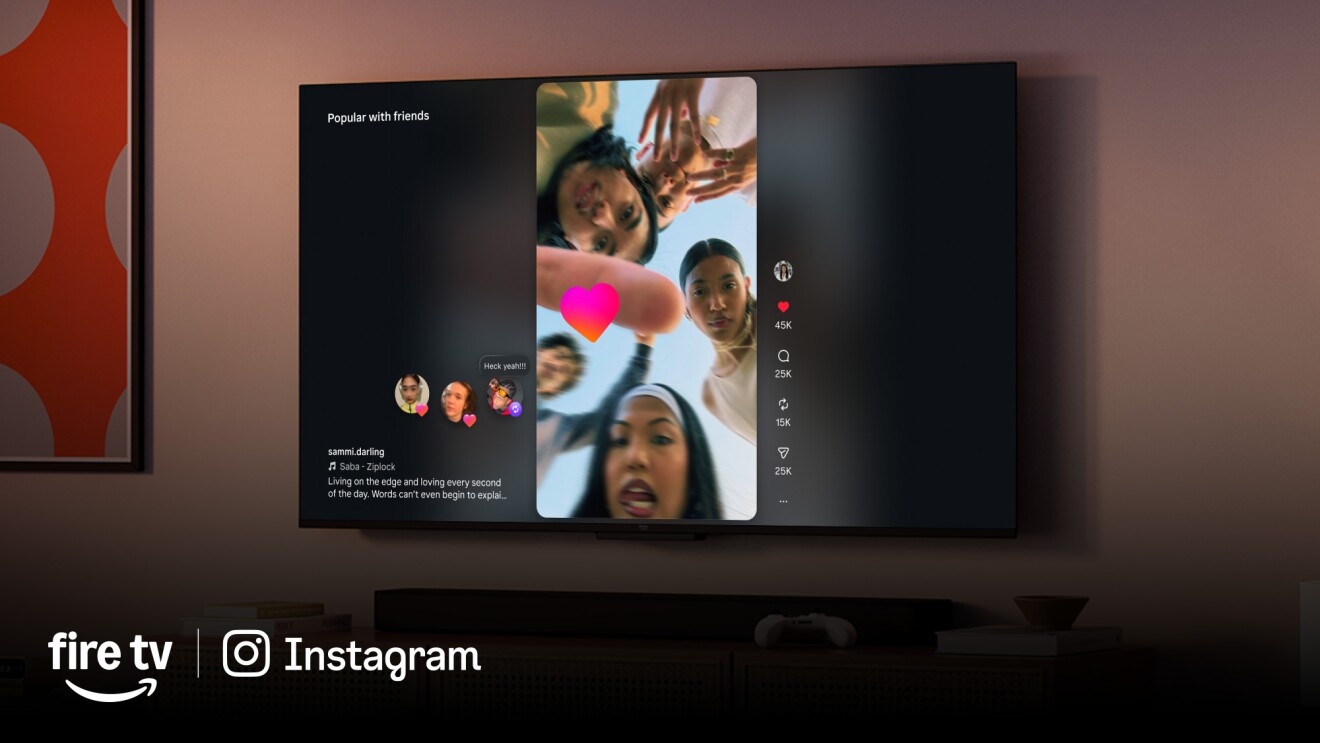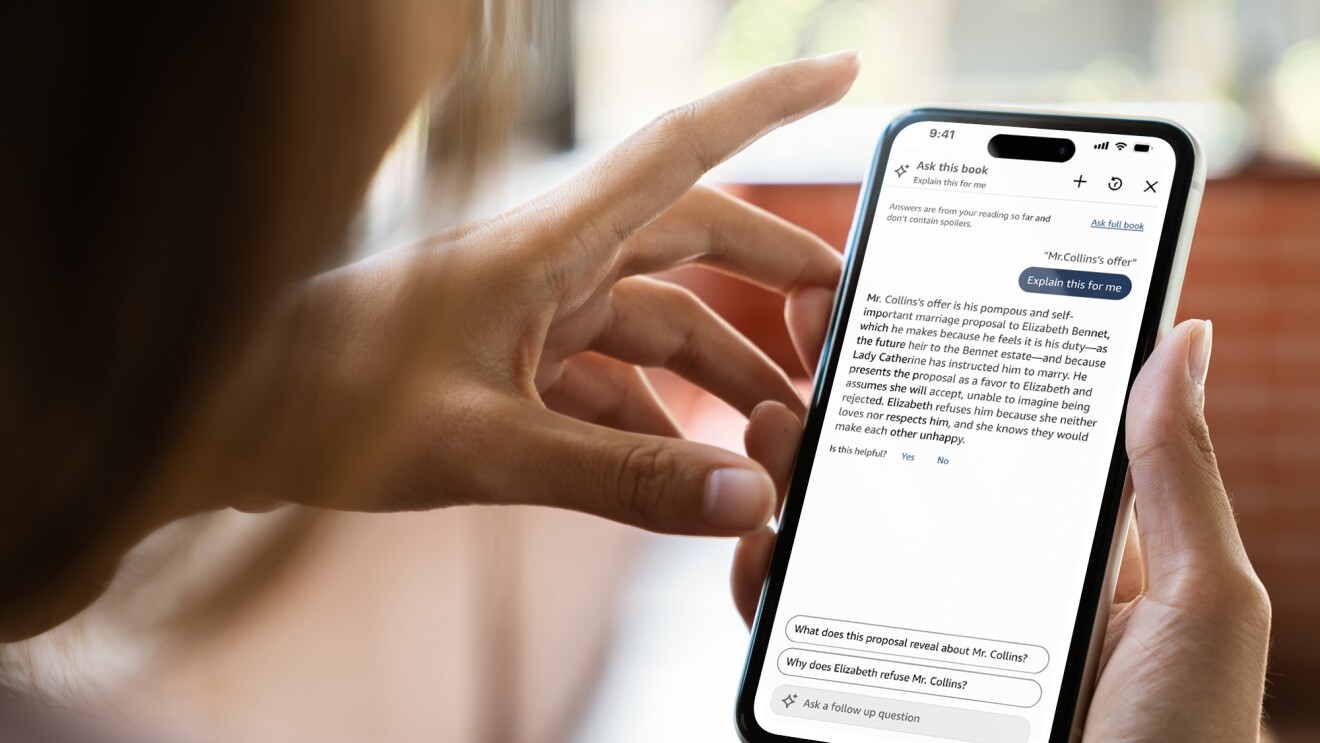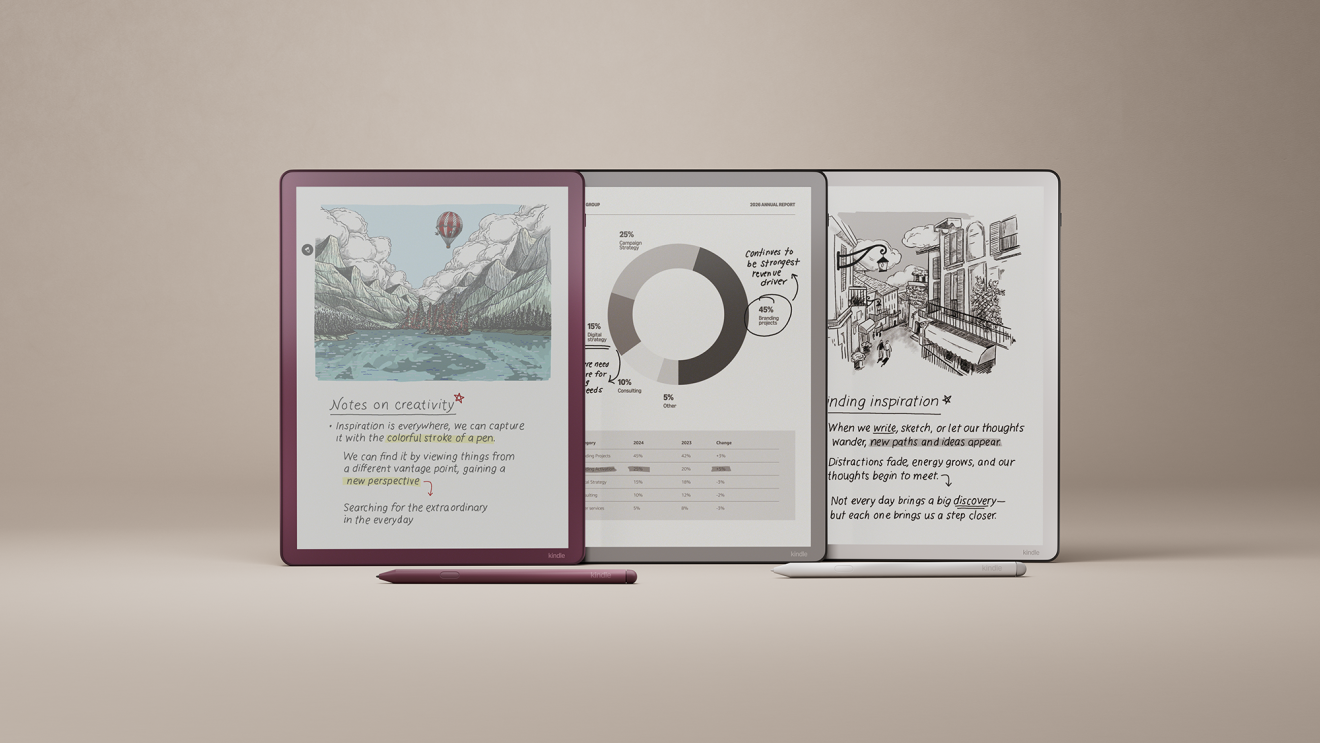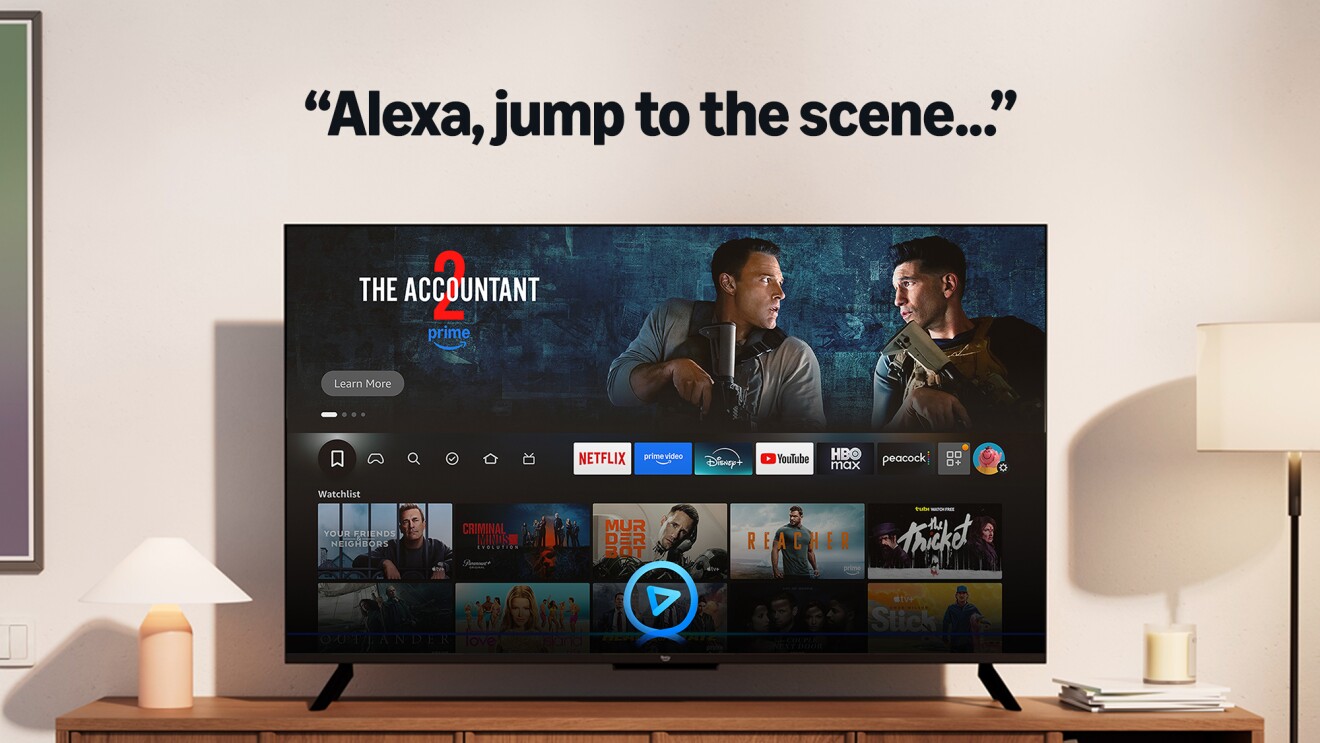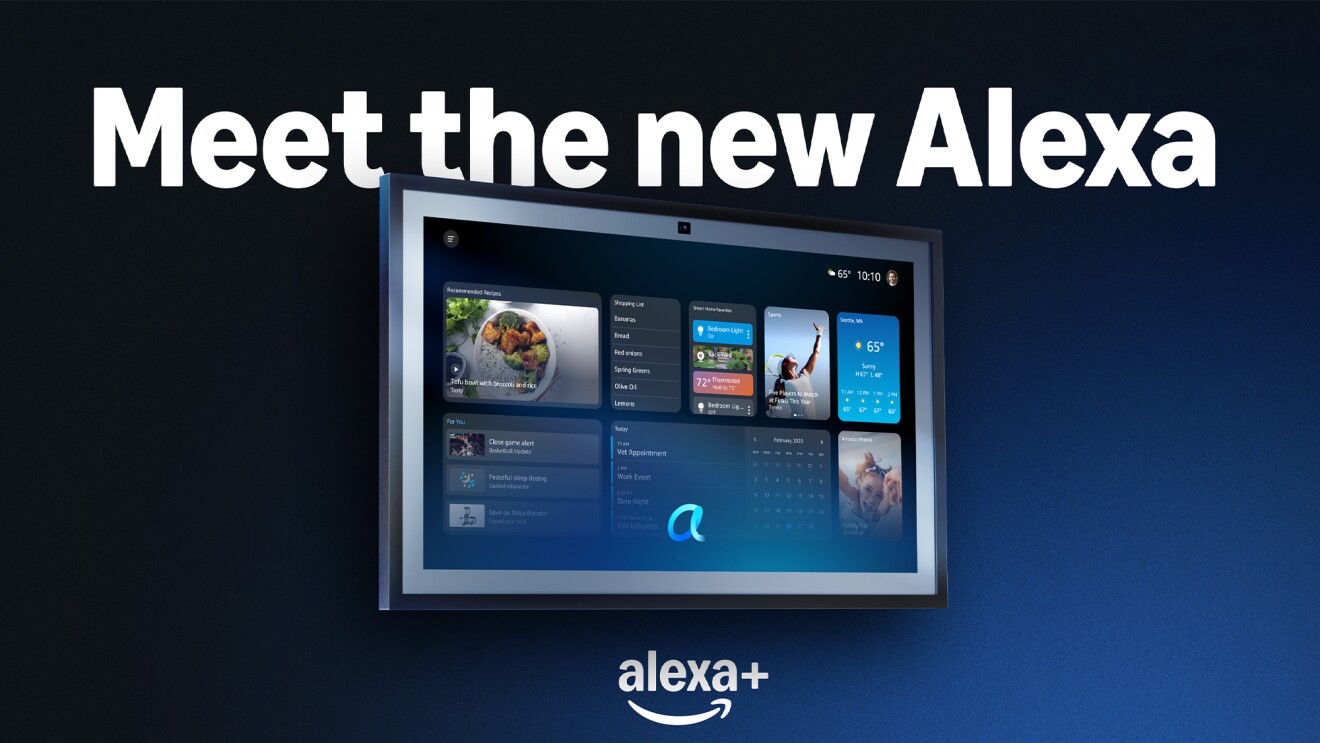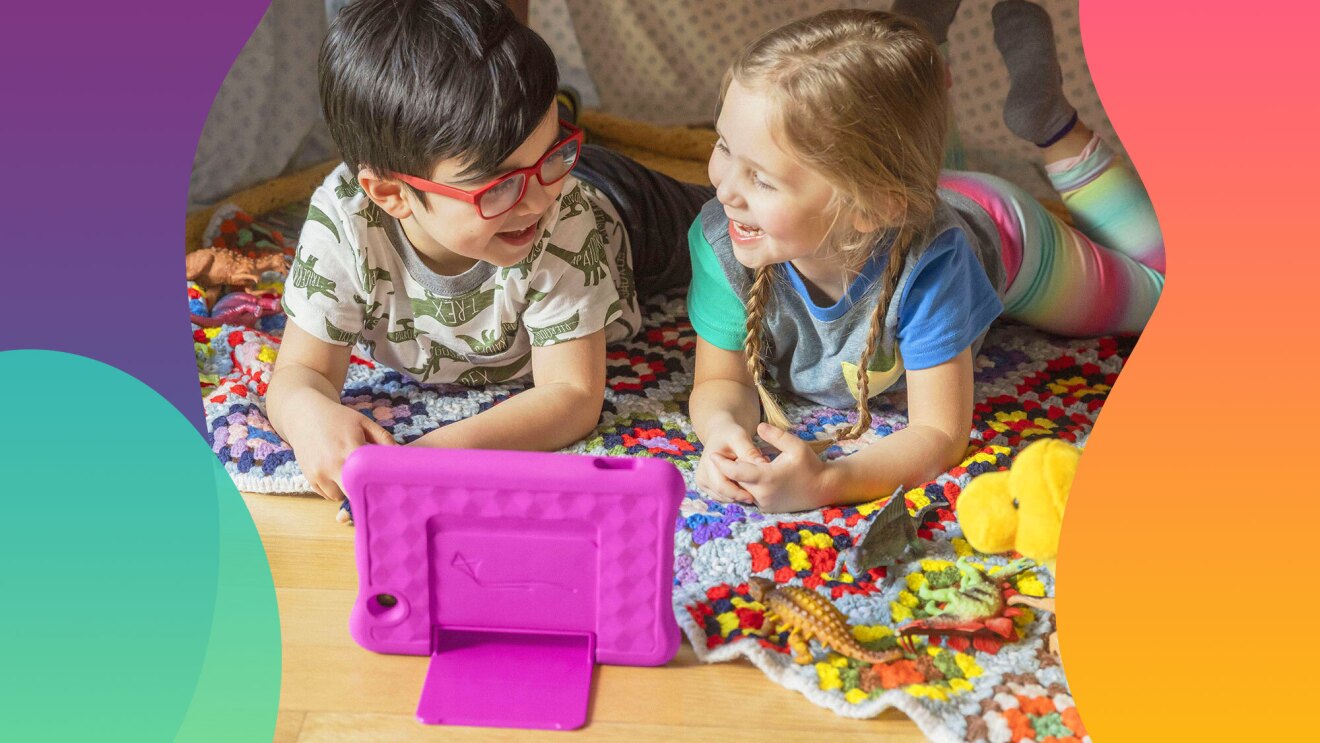For the first time, people with hearing loss can stream sound from their Amazon smart TVs directly to their Cochlear hearing implants via the open-source Audio Streaming for Hearing Aids (ASHA) protocol.
The work builds on Amazon’s collaboration with the hearing aid company, Starkey, and represents another step in an effort to help make entertainment more accessible to people who are deaf or hard of hearing.
The new solution from Amazon and Cochlear allows Cochlear implant users to more comfortably enjoy movies and TV episodes available from Netflix, Prime Video, and other streaming services, as well as local TV networks.
The people behind the tech
Amazon software engineer Michael Forzano has spent the last decade building technology features that help make experiences like shopping more accessible for customers with disabilities. Forzano is a skilled programmer. He taught himself to code in high school before studying computer science in college and getting a job at Amazon. He was also born blind and has used cochlear implants since losing his hearing in early childhood.
While Forzano didn’t build the technology in this case, he did test Amazon and Cochlear’s implementation in the months leading up to its launch. He said it “takes the strain” out of watching TV, and he is already looking forward to comparing notes with his girlfriend on her favorite shows. “I’m really excited for the world that this is going to open up for me,” he said.
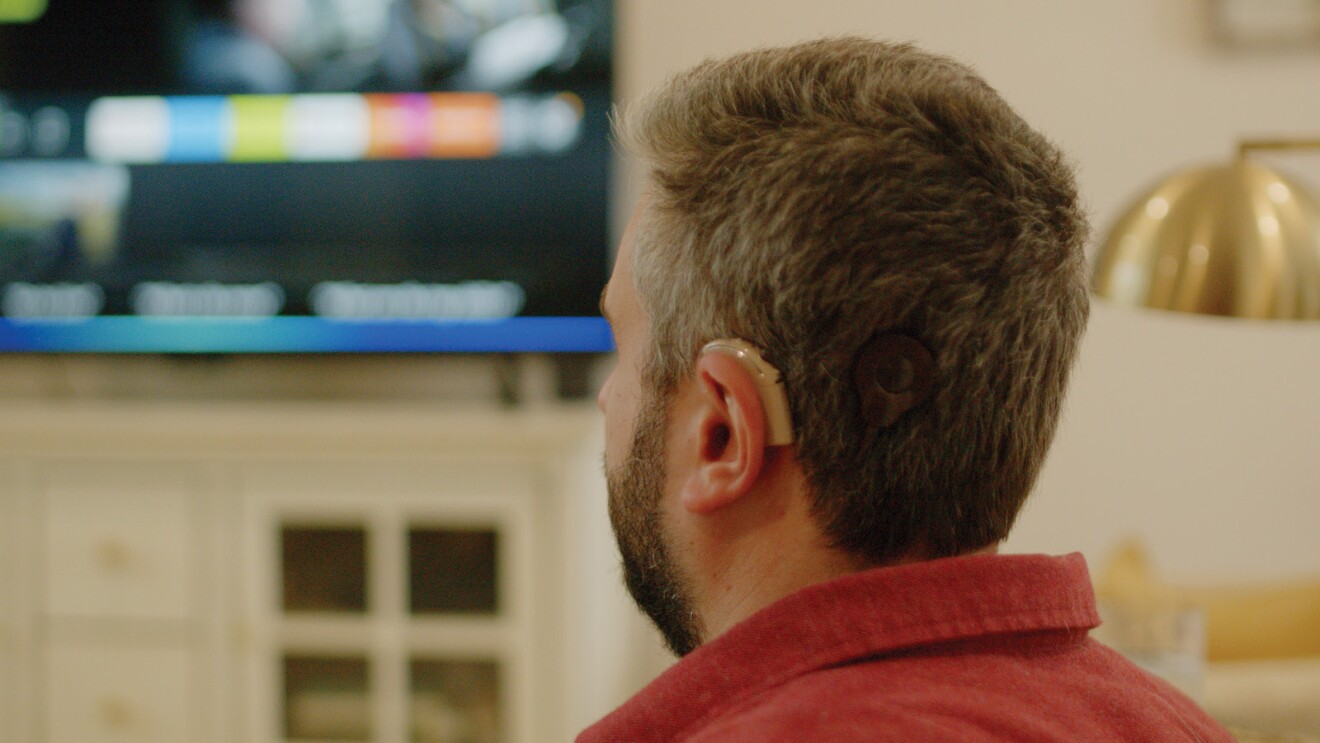
Forzano didn't watch a lot of TV before he started using the new feature. He said he would typically miss 40-50% of the words due to echoing and poor sound quality.
That was exactly the problem Cochlear was trying to solve. Ryan Lopez, the company’s director of Nucleus product management and marketing, said Cochlear started working on streaming audio from smartphones to hearing aids and implants in 2019 and that television was the next frontier. “TV is a big part of our lives; we get our news and information through television, our entertainment, sports, music,” he said. “When we started to work with [Amazon], what really came to light was their dedication to accessibility, effective communication, and collaborating on how we can combine these technologies. At Cochlear, we were really proud to be a part of this.”
The collaboration with Cochlear is the latest way Peter Korn, director of accessibility for Amazon Devices, and Amazon’s accessibility teams have helped bring more accessible technologies to market. They’ve also helped bring to customers more than 12 million screen reader-supported Kindle books, and thousands of Prime Video titles with audio descriptions that describe on-screen visuals for people who are blind and visually impaired.
“When we talked to customers who use hearing aids, audiologists, and other experts in the field, the majority told us that the first thing you really want if you’ve got hearing loss is to be able to hear clearly the people around you,” Korn said. “The second thing you want is the ability to hear the television, to enjoy entertainment.”
Seeing an opportunity to solve a problem for customers, Korn’s team jumped on the chance to work with Cochlear. They found a way to bypass the implant’s microphones, stream audio from Fire TV directly into the implants, and prevent the audio from being degraded by noise and echoes.

“We send the audio in little packets over to the hearing device. The hearing device acknowledges receipt of those packets of audio, and then more are sent, and so on,” Korn said. “We also did the work to ensure that this protocol works over living room distances.” This means customers can sit within 10 feet or 3 meters of their TV and continue to enjoy entertainment.
Forzano, along with members of AmazonPWD, Amazon’s affinity group for people with disabilities and their allies, tested the technology’s sound quality, connectivity, and other features and shared feedback with Katie Hansen, a technical program manager at Amazon. “Every day it’s a new challenge, and I’m learning something new,” Hansen said. “There are so many people that benefit from our accessibility features. That's what empowers me and drives me—to solve these problems and make our features accessible for everyone.”
Lopez said thousands of customers can start using this feature immediately.
“If you have a Cochlear Nucleus or Baha implant sound processor of the right generation and an Amazon Fire TV, you can pair those today and start using [this technology] immediately. This isn’t something we have to wait for,” he said.
Which devices support Fire TV compatibility with Cochlear implants?
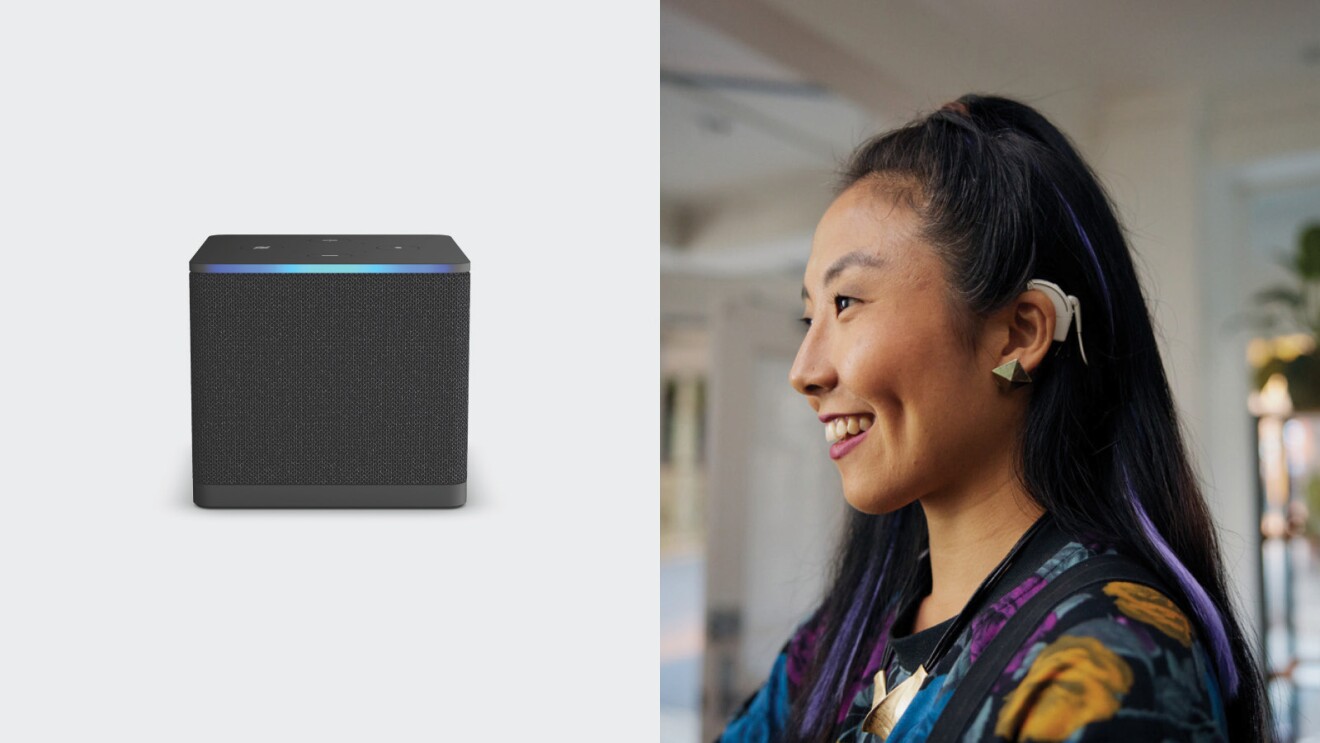
Cochlear has configured direct streaming from Fire TV to the Cochlear Nucleus 8, Nucleus 7, Nucleus Kanso 2, and Baha 6 Max sound processors. With ASHA, sound processors connect directly with the Fire TV device, so customers can enjoy audio from their favorite streaming apps, use Alexa, listen to music, hear navigational sounds, and more.
ASHA-enabled Fire TV devices include: Fire TV Omni QLED Series, Fire TV Omni Series, Fire TV 4-Series, Fire TV Cube (3rd Gen), and Fire TV Cube (2nd Gen).


